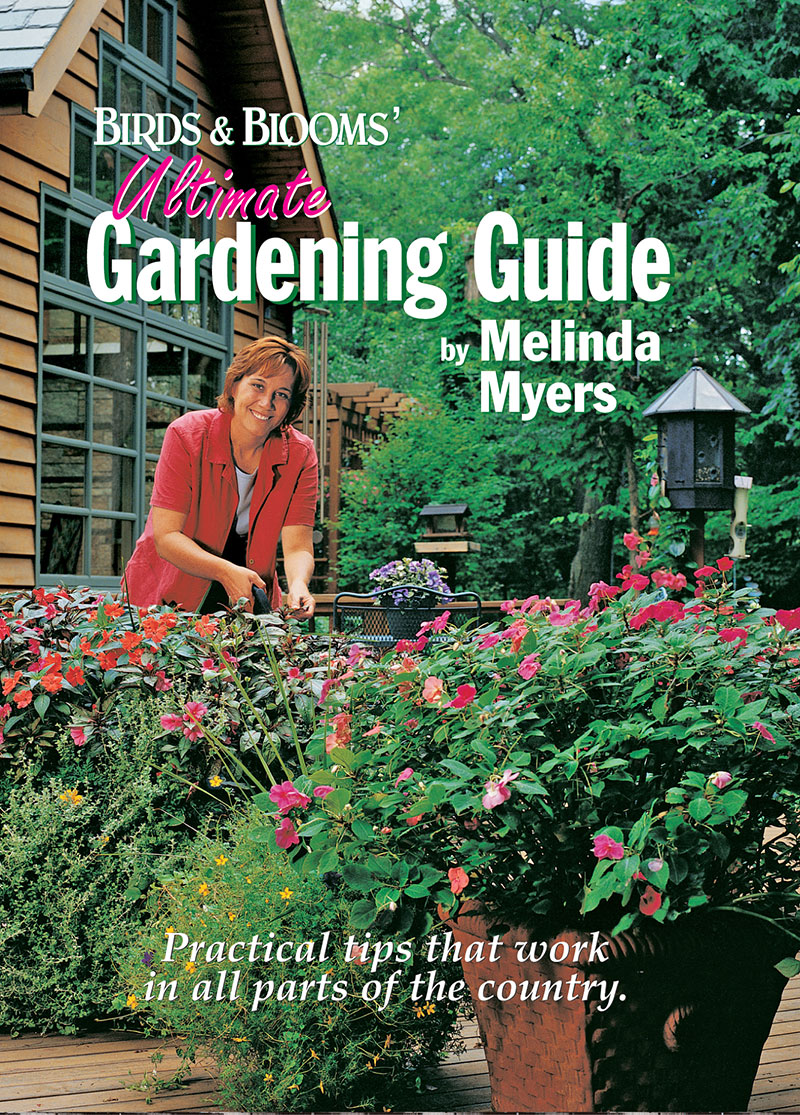Dormant Lawn Seeding
Believe it or not – there is still time to repair those bare spots in the lawn and thicken up your grass.
Planting grass seed in late fall, referred to as dormant seeding, is a bit risky so I suggest you save the big jobs for next season. But taking a chance with a bit of seed and your time for smaller jobs can get your lawn off to a greener start next spring.
The goal is to get the seed in place before the ground freezes, but after the soil is 40 degrees or colder so the seed can’t germinate. If the seed sprouts in late fall, it will most likely be killed by the harsh winter conditions.
Roughen the soil surface, before seeding, to insure good seed-to-soil contact. Use a hand rake for small areas. You may need to rent a slit seeder for large overseeding jobs. Spread grass seed over the soil surface. The freezing and thawing will help move the seed into the soil.
And don’t worry about the snow. It makes the best mulch.
A bit more information: Select a grass seed suited to your growing conditions. Bluegrass is good for sunny areas, fescues for the shade and perennial ryegrass, in most mixes, quickly sprouts and covers the ground. Most gardeners use a mix of the three and seed at a rate of 3-4 pounds per 1,000 square feet or follow the directions on the grass seed label.
Related

Audio

Audio
Categories
Upcoming Live Events
& Webinars
May 1, 2024
FREE WEBINAR
Ornamental Fruits and Vegetables
Register now
May 4, 2024
Garden U 2024
New Richmond, WI
Register now
May 9, 2024
FREE WEBINAR
How to Plant Your Rain Garden
Register now
May 11, 2024
Ask The Plant Doctor Q & A
Ebert's Greenhouse Village, Ixonia, WI
May 12, 2024
Ask The Plant Doctor Q & A
Ebert's Greenhouse Village, Ixonia, WI
May 18, 2024
Ask The Plant Doctor Q & A
Ebert's Greenhouse Village, Ixonia, WI
June 1, 2024
Selecting, Planting, Pruning and Caring for Hydrangeas
Ebert's Greenhouse Village, Ixonia, WI
June 5, 2024
FREE WEBINAR
Under-Appreciated Pollinators
Register now
WATCH ON-DEMAND WEBINARS
Learn More
















